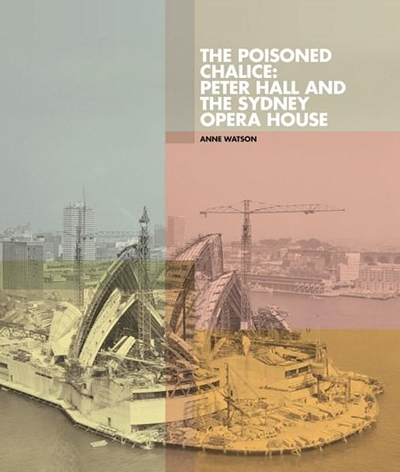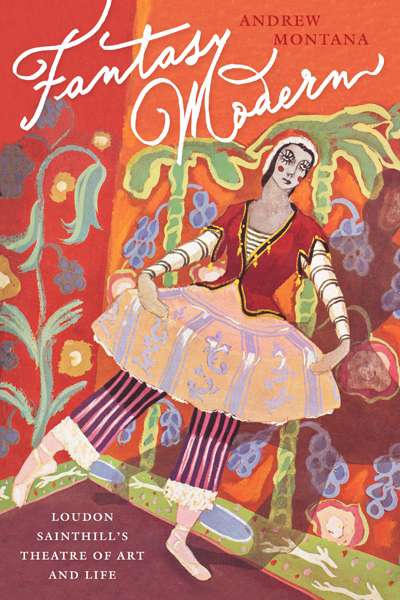Andrew Montana
Daniel Cottier: Designer, decorator, dealer by Petra ten-Doesschate Chu and Max Donnelly, with Andrew Montana and Suzan Veldink
by Matthew Martin •
The Poisoned Chalice: Peter Hall and the Sydney Opera House by Anne Watson
by Andrew Montana •
Fantasy Modern: Loudon Sainthill's Theatre of Art and Life by Andrew Montana
by Lee Christofis •
Vienna: Art and Design: Klimt, Schiele, Hoffmann, Loos by Christian Witt-Dörring et al.
by Andrew Montana •




